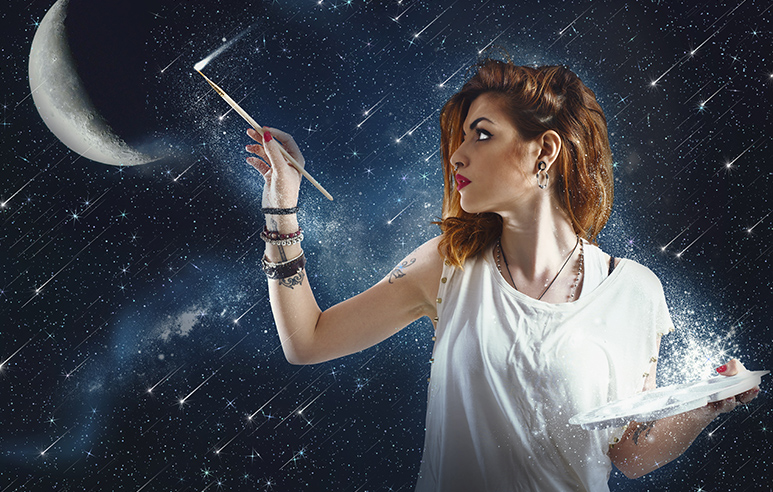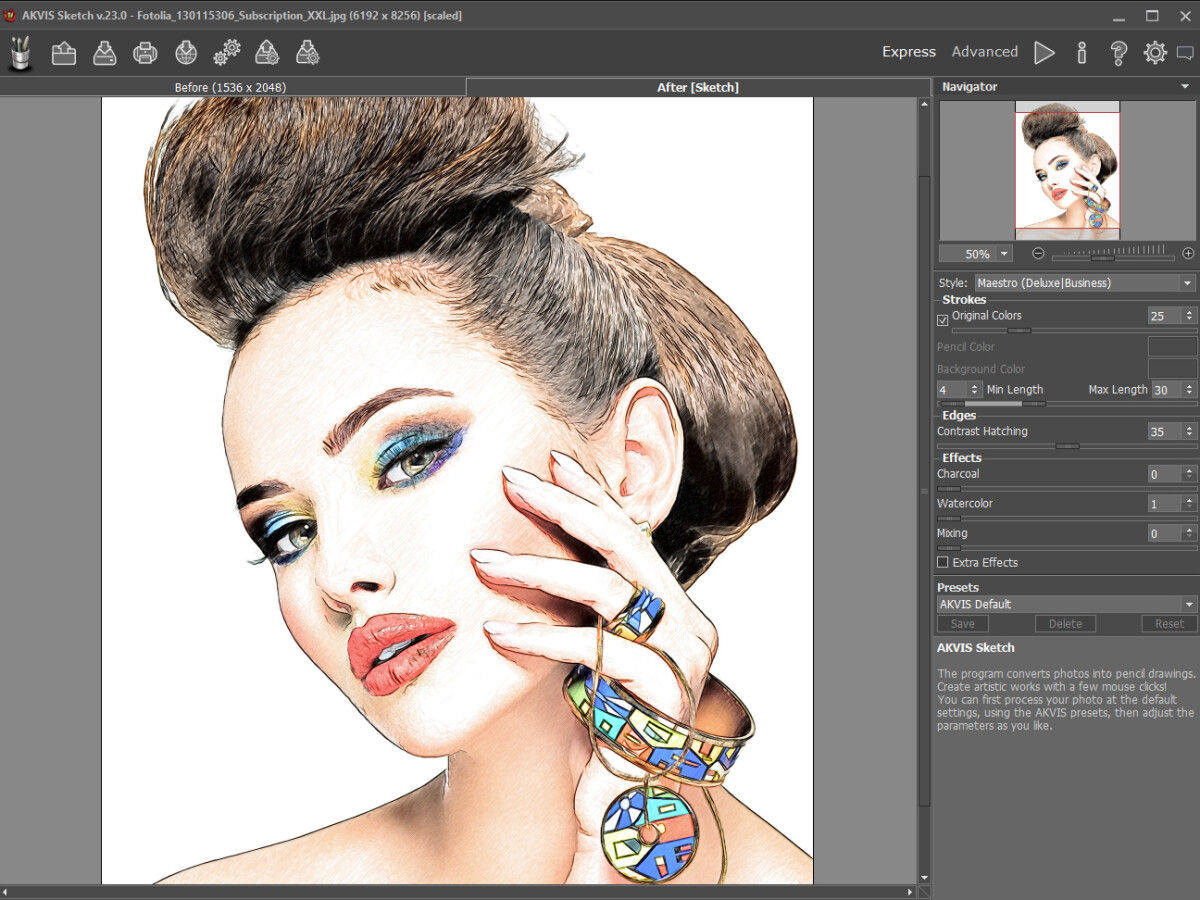

Now that you have your face rigged as a 3D head model, you can drag and drop the RL head file directly on to the CC base male or female model in Character Creator. STEP 3: MORPHING THE FACE IN CHARACTER CREATOR PNG texture file as your new Diffuse texture setting. PNG file and then in iClone 6, select the head mesh of your character and open the edited.
#AKVIS SKETCH VIET DESIGNER SKIN#
In Photoshop you can edit the face texture so that the outer edges blend smoothly with the skin textures of the CT8 head model.

Next, launch the face texture from the Modify window. Note that these CT8 generated heads will only work with CC base model characters, and not with G6 characters, or previous generation characters. Open iClone 6, and simply drag and drop the head on to an iClone 6 Character Creator (CC) base model character. Once you have your rigged 3D head in CrazyTalk 8, then you can export the RL Head. I find the Character Creator eyes give more realism to the character. Use multiply to darken colors and use overlay and color to lighten colors.ĭraw the eyeball separate and keep the eye socket blank, so that you can later choose to either use the pencil sketched eyeball or one of the more realistic eyes that come standard with Character Creator. I apply most layers as “multiply,” “overlay” and “color” layers to get the best results. Starting with the lightest colors, begin to build up the color on the face.

Set the duplicate layer at 40% color burn, and then add all other layers in between these two, so that the pencil lines always stay on top of the color and don’t get lost. Take the original pencil sketch (layer 1) and duplicate it (layer 11). It is important to build the color in separate layers, so that you can always work backwards or make adjustments to individual layers without affecting the overall image. The original pencil sketch is scanned in to Photoshop and then I start to build the color. Take the tips and advice you can from this tutorial and apply your own ideas and ways of doing things. As this is a creative process, there are certainly other ways to do this, this is just my way. This article is not so much a technical guide as a behind-the-scenes look at the way I create my art. In this tutorial, however, I’ll take you through the process and show you how I use the comic faces to create 3D characters for finished artwork stills. Your custom characters can then be exported to iClone 6 for lighting, posing and rendering and are also ready for animation. The limitless possibilities for these faces really becomes apparent when you apply them to the base models in Character Creator, where you can use the morph sliders to create an infinite number of characters from each face. Reallusion content developer Garry Pye has more than 30 years’ experience as a cartoonist, illustrator and animator.


 0 kommentar(er)
0 kommentar(er)
